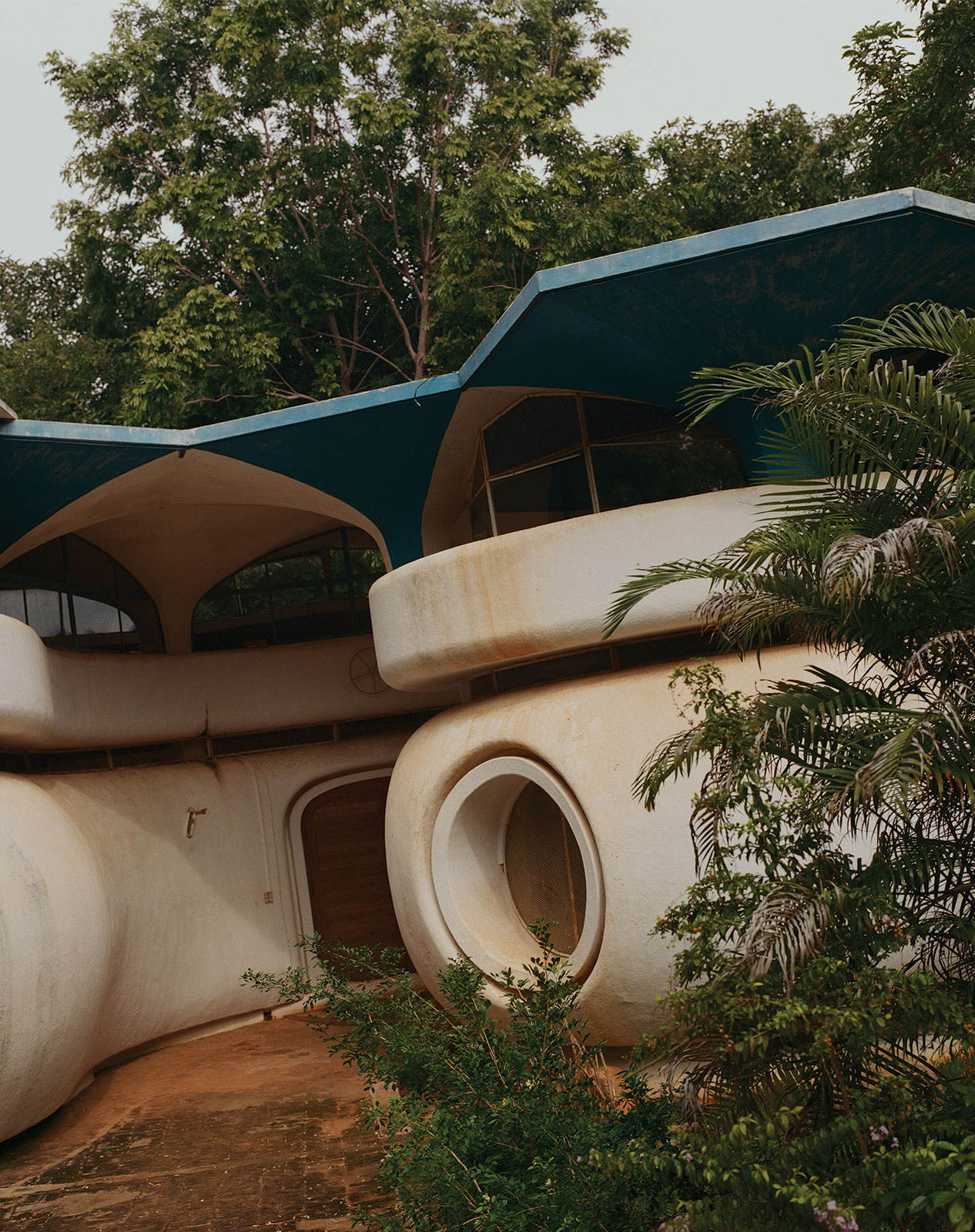Religious freedom, inequality, sexual freedom—the pursuit of utopia is always a reflection of contemporary moods
When Thomas More coined the term “utopia” in his 1516 treatise of the same name, readers likely understood the dual reference. The Ancient Greek words “ou” and “topos” mean “no place,” but they also sound like “eu” and “topos,” or “good place.” Utopia, as defined by More, is an inherently good place. Yet, it remains an impossible place—a pursuit passed down across time, without geography or border.
In a way, America itself was the original attempt at utopia. In 1620, the Pilgrims founded their ideal community in Plymouth, Massachusetts. Alternative visions flourished soon after, from the English Calvinists, who took over New England, to the German Anabaptists founding what were essentially Protestant monasteries across the state, which can still be found in Pennsylvania today. Others broke off to create their own communities, all of which differed slightly in religion and form of governance. Some failed quickly, but there were simply so many communities that the energy of the utopian dream persisted. Enormous and unpopulated, America was the perfect trying ground for utopias and cults with sects of people constantly breaking away, moving, always on the lookout for new and better—an ethos that persists to this day.
Above The Fold

Sam Contis Studies Male Seclusion

Slava Mogutin: “I Transgress, Therefore I Am”

The Present Past: Backstage New York Fashion Week Men’s Spring/Summer 2018

Pierre Bergé Has Died At 86

Falls the Shadow: Maria Grazia Chiuri Designs for Works & Process

An Olfactory Memory Inspires Jason Wu’s First Fragrance

Brave New Wonders: A Preview of the Inaugural Edition of “Close”

Georgia Hilmer’s Fashion Month, Part One

Modelogue: Georgia Hilmer’s Fashion Month, Part Two

Surf League by Thom Browne

Nick Hornby: Grand Narratives and Little Anecdotes

The New Helmut

Designer Turned Artist Jean-Charles de Castelbajac is the Pope of Pop

Splendid Reverie: Backstage Paris Haute Couture Fall/Winter 2017
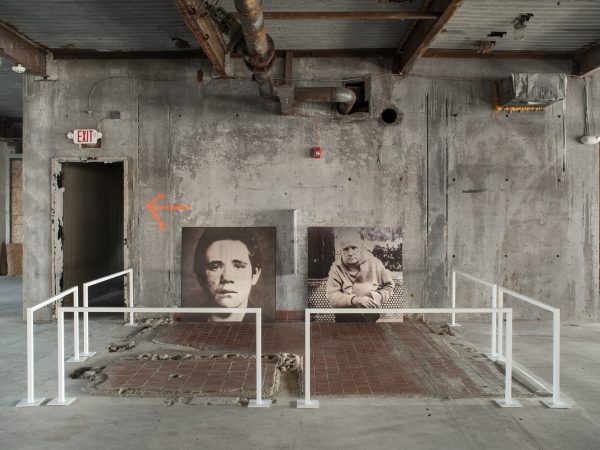
Tom Burr Cultivates Space at Marcel Breuer’s Pirelli Tire Building

Ludovic de Saint Sernin Debuts Eponymous Collection in Paris

Peaceful Sedition: Backstage Paris Fashion Week Men’s Spring/Summer 2018

Ephemeral Relief: Backstage Milan Fashion Week Men’s Spring/Summer 2018

Olivier Saillard Challenges the Concept of a Museum

“Not Yours”: A New Film by Document and Diane Russo

Introducing: Kozaburo, 2017 LVMH Prize Finalist

Introducing: Marine Serre, 2017 LVMH Prize Finalist

Conscious Skin

Escapism Revived: Backstage London Fashion Week Men’s Spring/Summer 2018

Introducing: Cecilie Bahnsen, 2017 LVMH Prize Finalist

Introducing: Ambush, 2017 LVMH Prize Finalist

New Artifacts

Introducing: Nabil Nayal, 2017 LVMH Prize Finalist

Bringing the House Down

Introducing: Molly Goddard, 2017 LVMH Prize Finalist

Introducing: Atlein, 2017 LVMH Prize Finalist

Introducing: Jahnkoy, 2017 LVMH Prize Finalist

LVMH’s Final Eight

Escaping Reality: A Tour Through the 57th Venice Biennale with Patrik Ervell

Adorned and Subverted: Backstage MB Fashion Week Tbilisi Autumn/Winter 2017

The Geometry of Sound

Klaus Biesenbach Uncovers Papo Colo’s Artistic Legacy in Puerto Rico’s Rainforest

Westward Bound: Backstage Dior Resort 2018

Artist Francesco Vezzoli Uncovers the Radical Images of Lisetta Carmi with MoMA’s Roxana Marcoci

A Weekend in Berlin

Centered Rhyme by Elaine Lustig Cohen and Hermès

How to Proceed: “fashion after Fashion”

Robin Broadbent’s Inanimate Portraits

“Speak Easy”

Revelations of Truth

Re-Realizing the American Dream

Tomihiro Kono’s Hair Sculpting Process

The Art of Craft in the 21st Century

Strength and Rebellion: Backstage Seoul Fashion Week Autumn/Winter 2017

Decorative Growth

The Faces of London

Document Turns Five
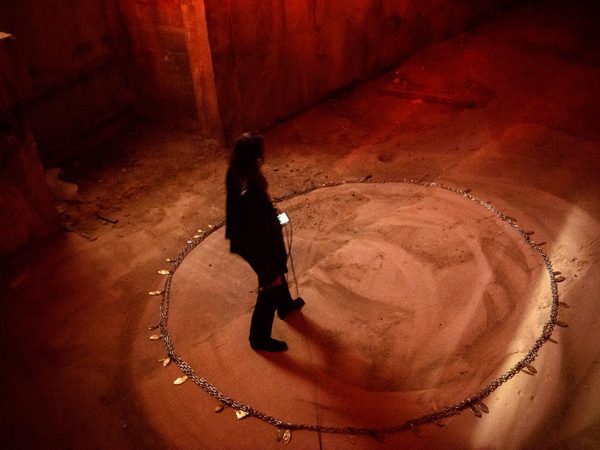
Synthesized Chaos: “Scholomance” by Nico Vascellari

A Whole New World for Janette Beckman

New Ceremony: Backstage Paris Fashion Week Autumn/Winter 2017
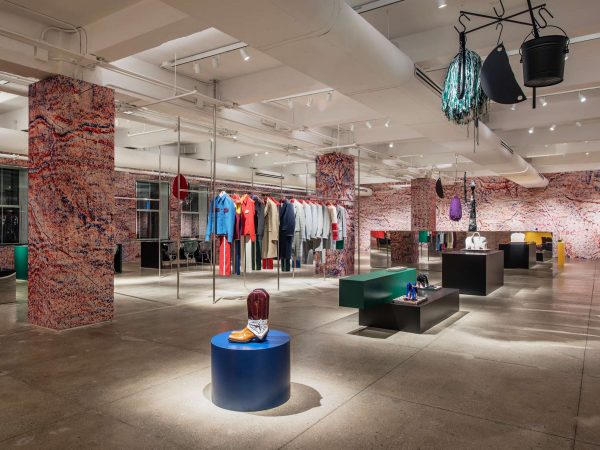
New Perspectives on an American Classic

Realized Attraction: Backstage Milan Fashion Week Autumn/Winter 2017

Dematerialization: “Escape Attempts” at Shulamit Nazarian

“XOXO” by Jesse Mockrin

Brilliant Light: Backstage London Fashion Week Autumn/Winter 2017

The Form Challenged: Backstage New York Fashion Week Autumn/Winter 2017

Art for Tomorrow: Istanbul’74 Crafts Postcards for Project Lift

Inspiration & Progress

Paskal’s Theory of Design

On the Road

In Taiwan, American Designer Daniel DuGoff Finds Revelation

The Kit To Fixing Fashion

The Game Has Changed: Backstage New York Fashion Week Men’s Autumn/Winter 2017

Class is in Session: Andres Serrano at The School

Forma Originale: Burberry Previews February 2017

“Theoria”

Wearing Wanderlust: Waris Ahluwalia x The Kooples

Approaching Splendor: Backstage Paris Haute Couture Spring/Summer 2017

In Florence, History Returns Onstage

An Island Aesthetic: Loewe Travels to Ibiza

Wilfried Lantoine Takes His Collection to the Dancefloor

A Return To Form: Backstage New York Fashion Week Spring/Summer 2018

20 Years of Jeremy Scott

Offline in Cuba

Distortion of the Everyday at Faustine Steinmetz

Archetypes Redefined: Backstage London Fashion Week Spring/Summer 2018

Spring/Summer 2018 Through the Lens of Designer Erdem Moralıoğlu

A Week of Icons: Backstage Milan Fashion Week Spring/Summer 2018

Toasting the New Edition of Document

Embodying Rick Owens

Prada Channels the Wonder Women Illustrators of the 1940s
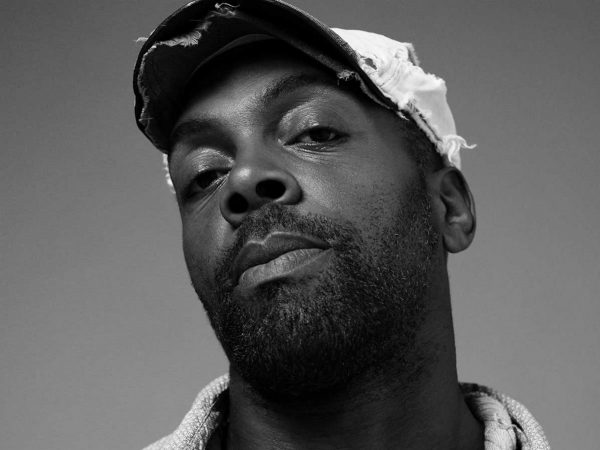
Andre Walker’s Collection 30 Years in the Making

Fallen From Grace, An Exclusive Look at Item Idem’s “NUII”

Breaking the System: Backstage Paris Fashion Week Men’s Autumn/Winter 2017

A Modern Manufactory at Mykita Studio

A Wanted Gleam: Backstage Milan Fashion Week Men’s Autumn/Winter 2017

Fashion’s Next, Cottweiler and Gabriela Hearst Take International Woolmark Prize

Beauty in Disorder: Backstage London Fashion Week Men’s Autumn/Winter 2017

“Dior by Mats Gustafson”

Prada’s Power

George Michael’s Epochal Supermodel Lip Sync

The Search for the Spirit of Miss General Idea

A Trace of the Real

Wear and Sniff

Underwater, Doug Aitken Returns to the Real
Today, there are only seven officially recognized egalitarian communities in all of the United States. Environmental sustainability and nonviolence are fundamental tenets of all. Each assigns equal amounts of labor, income, and land to residents. All decisions are made democratically. Three of these communities are in Louisa County, Virginia, a region of loose zoning laws and cheap acreage. It was here, in 1967, where eight friends who had read B.F. Skinner’s Walden Two decided to make his utopian fiction a reality. With only $2,000 collectively, they found a benefactor to sell them 123 acres of farmland. After moving into a small farmhouse on the property, their first task towards building utopia was planting a garden.
Today, Twin Oaks is the oldest utopian community in the U.S. It boasts a milking herd, a chicken pen, an orchard, a hen house, a long array of solar panels, and a series of low-slung houses that lodge roughly 100 residents. Like many modern utopias and intentional communities, a “planner-manager” system (like in Skinner’s novel) governs Twin Oaks. Three planners make the long-term decisions for the community while the managers deal with the quotidian aspects, from the kitchen to the manufacturing to the farming. The planners and the managers all serve at the request of the community’s members, who nominate them and spend ten days deliberating over their position. A nominee requires support from 80 percent of the community to be successful. The central intent of the few rules and regulations that govern the residents is to assure the community maintains its egalitarianism. In her book Is It Utopia Yet?, former Twin Oaks member Kat Kinkade wrote, “There was no task on earth more important, or certainly more interesting, than the building of an egalitarian community.”
The desire for utopia is, of course, not just an American phenomenon but a politics in and of itself—one that reflects its contemporary time. Whereas in the 1950s and 60s, utopias tended to center on revolutionizing sex, consider the Esalen Institute, where orgies are said to have taken place in the evenings after daily classes, today’s utopian projects center on revolutionizing economic structures. This desire is a direct reflection of modern pressing socioeconomic issues like rising income inequality and a new generation that stands to make less money than its parents. The philosopher Rutger Bregman claims that capitalism remains in effect largely because “we can’t imagine a better world than the one we’ve got.” Utopian strivers would disagree. After all, imagining better worlds is precisely what the modern utopian project is all about. As long as the inequalities of the modern world remain, so too will the egalitarian impulse fueling utopian projects.
“A map of the world that does not include ‘utopia’ is not worth even glancing at,” wrote Oscar Wilde in an 1891 essay, “for it leaves out the one country at which humanity is always landing.” Humanity is always on the lookout for utopia. Whether it is found or not, the search itself is progress. From Plato’s ancient eugenicist vision of utopia in The Republic to More’s island of egalitarianism in Utopia, there have been millennia of attempts at carving out better societies than our own—of upsetting norms in gender, economics, education, even in how we create citizens. Hardly a generation had passed since Americans revolted against the British before they began crafting utopia schemes en masse. The mid-century utopian movement had reached something like a fever pitch when Ralph Waldo Emerson remarked that “not a reading man but has a draft of a new community in his waistcoat pocket.”
It’s easy to be cynical about human nature, to take a Hobbesian view on it given all of the death and destruction that we’ve wrought throughout human history. But the very fact that a number of utopian projects do survive—sometimes even thrive, attracting members for the better part of a century like Twin Oaks—demonstrates that perhaps ideological optimism is not lost. Some people genuinely believe in thinking of others and the environment before oneself. Despite the precipitous drop in intentional living communities in the United States (from tens of thousands of communes in the 1960s to about 1,200 as of 2017, according to the Fellowship for International Community), the fact that any utopian projects still remain—and that, most importantly, the desire for utopia still remains—is a testament to the human spirit (as displayed in Laurence Ellis’ companion photo essay for Document) and a measurement of the human desire for equality, an inextricable, increasingly rare quality. If, one reasons, there is such horror in the world, could there not also be such beauty?
Humanity is always on the lookout for utopia. Whether it is found or not, the search itself is progress.
Desire is often as important as ideology, one shaping the other. The utopian projects around the world that still exist have lasted not just because of their savvy, egalitarian form of governance and sustainability but because of their underlying purpose. Take Arcosanti, seventy miles north of Phoenix, Arizona. Founded in 1970, the community marries architecture and ecology so that every building is powered by either the sun or the wind. Its residents live by principles in which they leave no “footprint” on the environment. The desire for environmental sustainability is a core facet of egalitarianism: no single group or person exploiting more resources than another or feeling entitled to more of anything. Then, there is Auroville, founded in the mid-1960s in southern India; the community abides by the principle that human harmony can only be attained when people of every religion, age, race, and creed live together. Right now, Auroville has an astonishing 2,814 residents hailing from over fifty countries, according to its internal census.
Another enduring example of the utopian drive can be seen in the legacy of the Findhorn Foundation. Founded by a trio of friends on a campsite in Northeast Scotland, the village of idealists recently celebrated 56 years of existence. Community member Roger Doudna, a 75-year-old native of Louisiana, has one explanation for Findhorn’s durability. “It’s built on love,” he says, “and all we need is love.”
Hundreds of residents (as well as visitors) reside in this spiritually-minded community. They can take courses in “primal painting” or “exploring elderhood.” Findhorn is self-sufficient with solar panels and wind turbines for electricity, as well as organic gardens and innovative wastewater treatment systems for environmental sustainability. Britta Schmitz, who moved to Findhorn from a small town outside Cologne, Germany, believes that intentional, economically egalitarian communities like Findhorn might be expanded to the entire world. “It is possible to build clusters in cities like housing projects and small communities,” the 41-year-old says. “This type of community works best with clusters of 100-150 people.”
Indeed, a particular difficulty with utopias is that utopias cannot be easily scaled for the rest of the world. In Aldous Huxley’s Brave New World, advances in pharmaceuticals and medicine should have allowed for a happier populace: babies are scientifically “perfected” (Aldous’ brother Julian, the first director of UNESCO, was an outspoken eugenist) and citizens are allotted a happiness drug called “soma.” Our modern state, with its scientific and technological advances, looks somewhat similar to Huxley’s futuristic vision, but the “perfecting” of babies and the use of pharmaceuticals to make life more bearable are still done in private and by relatively few, not enforced and aided by the government. Likewise, as far back as 380 B.C.E., Socrates describes in The Republic an egalitarian city-state in which male and female guardians leave the city once a year and have sex with each other; the resulting children are then brought up by the State rather than by families and, in turn, become the next guardians. In both visions, there is a desire to make life better, to improve the human plight, on a large, governmental scale. But each are, ultimately, nightmarish. The former understanding itself to be a dystopia, the latter earnest in its utopian optimism. It seems that engineering a perfect society comes with inherent compromises, a truism the French philosopher and futurist Bertrand de Jouvenel noticed when he wrote, “There is a tyranny in the womb of every utopia.”
In order to create a communal utopia, the individual must give way to the group. But here a paradox arises. Undergirding these specters of dystopian society is the idea of individuality being lost. When humans become numbers, society becomes dystopian. So how does a society create a collectivist vision that puts a group’s needs above an individual’s needs without a loss of the individual?
Given the increasing distance between the now globalized, individual-above-all capitalism that governs so much of the world and the few utopias that remain, it seems increasingly necessary to choose between More’s vision of a collectivist community and Niccòlo Machiavelli’s visions of cutthroat self-interest. For Machiavelli, there was no far-away place of perfection. Life is right here, right now. Do the best for yourself as you can. But for More, there was the possibility of an egalitarian society through hard and sustained work, and, as with all utopias, through the loss of identity. The problem is that most people are not cut out for life in a utopian project. Most prefer to follow mile markers of self-interest. As a member of the Oneida community, a mid-19th-century utopia in rural New York State, wrote after his community dissolved, “Every serious student of social problems has discovered that possessiveness in sex and family relations makes economic communism unattainable.” It was during this period, in 1859, when Charles Darwin also published his theory of evolution. In it, he reasoned that we, as humans, want to protect ourselves and protect our own. The egalitarian impulse is thus an admirable one but not a natural one.
What comes more naturally to us is the kind of “utopia” that is self-serving, which, of course, is not really a utopia at all. Take, for instance, the Seasteading Institute, which recently took on a million dollar investment from Peter Thiel, the founder of PayPal. The institute’s self-governing cities will soon be set afloat at sea, freeing them from government interference. The aim, their mission statement reads, is “to establish permanent, autonomous ocean communities to enable experimentation and innovation with diverse social, political, and legal systems.” These communities will not uphold the ideals of a More-style utopia, opting instead for more banal desires: tax evasion.
There is a lasting desire for a different kind of living. It is relatively easy to desire escape from the darkening world in which we live. But to create and to adapt to a better destination, to push away the natural urge for self-promotion and self-enrichment is to enact a more vital change. It is difficult to say whether utopian communities will have an effect on the broader world. The only alternative to unfettered optimism is brutal, self-serving cynicism while true progress is gradual and near-invisible. Often, it interrupts the flow of history without us even knowing. But as long as utopian communities exist, they will continue to pull at the edges. Perhaps, they will be just enough to ruffle the middle, so that a few more people will think of living differently—and then, a few more, and a few more. Might there be anything better than that?







